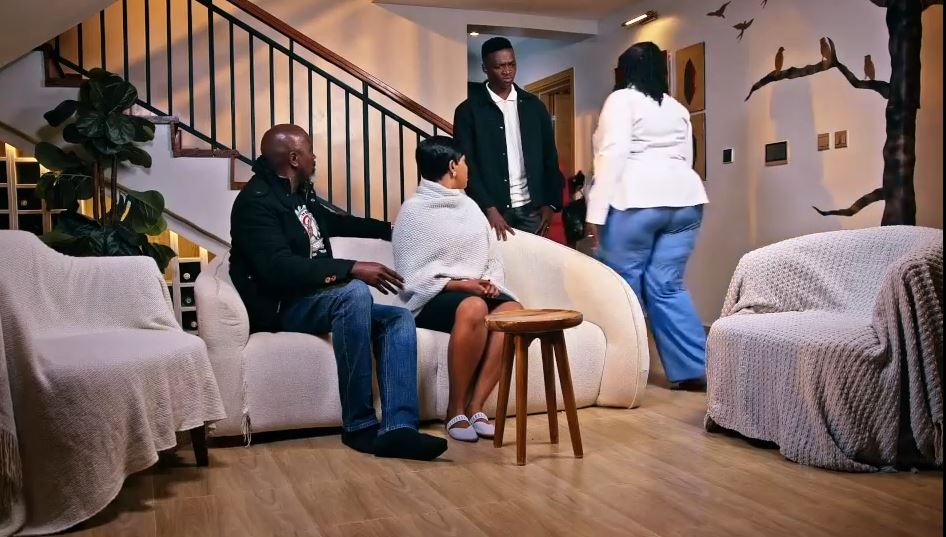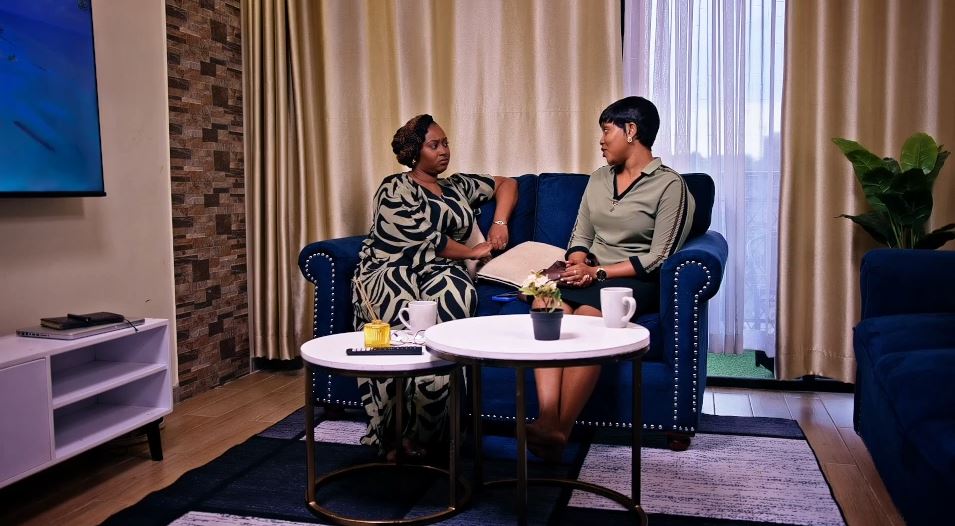Why the GoPro HERO11 Black is a Great Choice for Vloggers and Content Creators
The GoPro HERO11 Black, released in 2022, is a flagship action camera renowned for its rugged design, compact form factor, and advanced video capabilities, making it a top pick for vloggers and content creators. For Kenyan creators seeking a versatile, durable camera to capture dynamic content for YouTube, TikTok, or Instagram, the HERO11 Black offers a unique blend of portability and professional-grade features. This article explores why the GoPro HERO11 Black excels for vlogging and content creation, its key selling points, competitors, target audience, and drawbacks, with pricing in Kenyan Shillings (KES).
Why the GoPro HERO11 Black is Great for Vloggers and Content Creators
The GoPro HERO11 Black is designed for creators who need a camera that can withstand tough conditions while delivering high-quality video and stills. Measuring 71.8 x 50.8 x 33.6 mm and weighing just 153 grams, it’s incredibly portable, fitting easily into a pocket for on-the-go shooting in Kenya’s diverse settings, from Nairobi’s vibrant streets to the rugged terrains of Tsavo or coastal adventures in Diani. Its action-camera roots make it ideal for dynamic vlogging, while vlogger-specific features cater to social media content creation.
Key Selling Points
- High-Resolution Video and Stills
The HERO11 Black features a 1/1.9-inch 27MP sensor with an 8:7 aspect ratio, capturing 5.3K video at 60fps and 4K at 120fps for smooth, high-quality footage. The near-square sensor allows creators to shoot once and crop for multiple formats (16:9 for YouTube, 9:16 for TikTok), streamlining workflows for social media. It also captures 27MP stills, ideal for grabbing high-resolution frames from video. The 10-bit color support enhances grading flexibility for vibrant, cinematic vlogs. - Vlogger-Friendly Features
- Front and Rear Displays: A 1.4-inch front LCD is perfect for framing selfies, while the 2.27-inch rear touchscreen offers responsive control, though it’s slightly dated compared to mirrorless cameras.
- Horizon Lock: This digital feature keeps footage level even during shaky movement, ideal for action-packed vlogs like biking or hiking without needing a gimbal.
- HyperView Mode: Provides an ultra-wide perspective for immersive shots, great for capturing Kenya’s expansive landscapes or crowded markets.
- Night Effects: Star Trails, Light Painting, and Vehicle Light Trails modes simplify creative techniques for stunning nighttime vlogs, appealing to creators experimenting with unique aesthetics.
- Superior Stabilization
HyperSmooth 5.0 stabilization delivers gimbal-like smoothness, even during intense activities like running or off-road driving. This makes it perfect for walk-and-talk vlogs or adventure content, ensuring steady footage without additional gear. - Rugged and Waterproof Design
The HERO11 Black is waterproof up to 10 meters without a case and built to withstand drops, dust, and extreme conditions, making it ideal for Kenya’s varied environments, from rainy seasons in Kisumu to dusty safaris in Amboseli. Its integrated mounting clips simplify attachment to helmets, chests, or selfie sticks. - Audio Enhancements with Media Mod
The optional Media Mod (~KES 12,900) adds a directional microphone, 3.5mm mic input, HDMI-out, and cold-shoe mounts for accessories like LED lights. This transforms the HERO11 into a pro-grade vlogging tool with clear audio for interviews or outdoor shoots, crucial for Kenyan creators covering events or travel. - Connectivity and Workflow
Wi-Fi and Bluetooth enable automatic uploads to the cloud via the GoPro Quik app when charging, streamlining file transfers for quick social media posts. The camera supports USB webcam functionality for livestreaming on YouTube or Twitch, and the app simplifies editing for non-professionals. - Creator Edition Bundle
The HERO11 Black Creator Edition (~KES 90,000) includes the Media Mod, Volta battery grip (extending 4K recording to over 4 hours), and a light mod, offering a complete vlogging solution for creators needing extended battery life and professional audio. - Affordability
The HERO11 Black retails for approximately KES 51,600 (based on $399.99 at ~KES 129/USD, as of August 21, 2025). In Kenya, prices range from KES 50,000 to 60,000 through retailers like Jumia or Cameras Africa. The Creator Edition costs around KES 90,000, competitive for its included accessories. Older models like the HERO10 Black (~KES 45,000) offer a budget alternative.
Competitors
The HERO11 Black faces competition from other action cameras and compact vlogging cameras. Key competitors include:
- DJI Osmo Action 4 (KES 45,000)
Offers 4K video, excellent stabilization, and better battery life. It includes wireless mic support and superior internal audio but is limited to 4K resolution and lacks the HERO11’s 8:7 sensor versatility. - Insta360 Ace Pro (KES 51,600)
Features a larger 1/1.3-inch sensor and 8K video, with strong low-light performance. It’s pricier with add-ons and less rugged without a case, but its flip-up screen appeals to vloggers. - GoPro HERO11 Black Mini (KES 38,700)
A screen-less, compact version of the HERO11 with identical video capabilities. It’s cheaper but lacks front/rear displays, making it less ideal for solo vlogging. - Sony ZV-1 (KES 103,000)
A compact camera with a 1-inch sensor, flip-out screen, and vlogging features like Product Showcase mode. It’s more expensive, less rugged, and lacks waterproofing but offers a zoom lens and better autofocus. - DJI Osmo Pocket 3 (KES 86,500)
A gimbal-stabilized camera with a 1-inch sensor and 4K/120fps video. Its rotating touchscreen is ideal for vlogging, but it’s less durable and lacks the HERO11’s mounting versatility.
Target Audience
The GoPro HERO11 Black is best suited for:
- Adventure and Travel Vloggers: Kenyan creators filming in rugged or wet environments, like safaris in Tsavo or coastal adventures in Lamu, due to its waterproofing and durability.
- Social Media Content Creators: Those producing vertical and horizontal content for TikTok, Instagram, or YouTube, leveraging the 8:7 sensor and Quik app for quick edits.
- Action-Oriented Creators: Vloggers capturing dynamic footage, such as sports, biking, or POV shots, where HyperSmooth stabilization shines.
- Livestreamers: Creators needing a compact camera for live broadcasts with reliable stabilization and audio options via the Media Mod.
It’s less ideal for creators needing zoom lenses, advanced autofocus, or hybrid photo capabilities, who might prefer the Sony ZV-1 or Fujifilm X-S10 (KES 129,000).
Drawbacks
Despite its strengths, the HERO11 Black has limitations:
- Poor Low-Light Performance: The 1/1.9-inch sensor struggles with noise in low light, making it less suitable for evening vlogs or indoor shoots without additional lighting.
- No Zoom Lens: The fixed ultra-wide lens (HyperView or SuperView) lacks versatility for tighter shots, requiring digital cropping that reduces quality.
- Battery Life: The 1,720mAh Enduro battery lasts ~60-90 minutes at 5.3K, requiring spares (~KES 3,000-5,000 each) for extended shoots. The Creator Edition’s Volta grip mitigates this.
- Overheating: Prolonged 5.3K or 4K recording can cause overheating in Kenya’s warm climate, forcing pauses or lower resolutions.
- No Headphone Jack Without Media Mod: The base camera lacks a headphone port for audio monitoring, requiring the Media Mod (~KES 12,900) for professional audio setups.
- Learning Curve for Full-Frame Recording: The 8:7 sensor’s full-frame mode requires post-production cropping, which may confuse beginners.
- Expensive Accessories: Lens Mods (e.g., Max Lens Mod, ~KES 12,900) and the Media Mod increase costs, impacting budget-conscious creators.
Conclusion
The GoPro HERO11 Black is an exceptional choice for Kenyan vloggers and content creators seeking a rugged, compact camera for dynamic, high-quality content. Its 5.3K video, HyperSmooth 5.0 stabilization, Horizon Lock, and waterproof design make it ideal for adventure vlogs, travel content, or social media posts on platforms like TikTok and YouTube. Priced at around KES 51,600 (or KES 90,000 for the Creator Edition), it offers strong value compared to competitors like the DJI Osmo Action 4 or Insta360 Ace Pro, especially for its durability and vlogging features.
However, its poor low-light performance, fixed lens, and reliance on accessories for professional audio or extended battery life may frustrate some users. For adventure vloggers, social media creators, or those filming in challenging conditions in Kenya, the HERO11 Black is a reliable, versatile tool. Creators needing zoom, better autofocus, or hybrid capabilities might prefer the Sony ZV-1 or Fujifilm X-S10, though they sacrifice ruggedness. With its action-ready design and social media-friendly features, the GoPro HERO11 Black remains a top contender for vlogging in 2025.
NEEMA CITIZEN TV 25TH AUGUST 2025 MONDAY PART 1 AND PART 2 FULL EPISODE COMBINED










You must be logged in to post a comment.